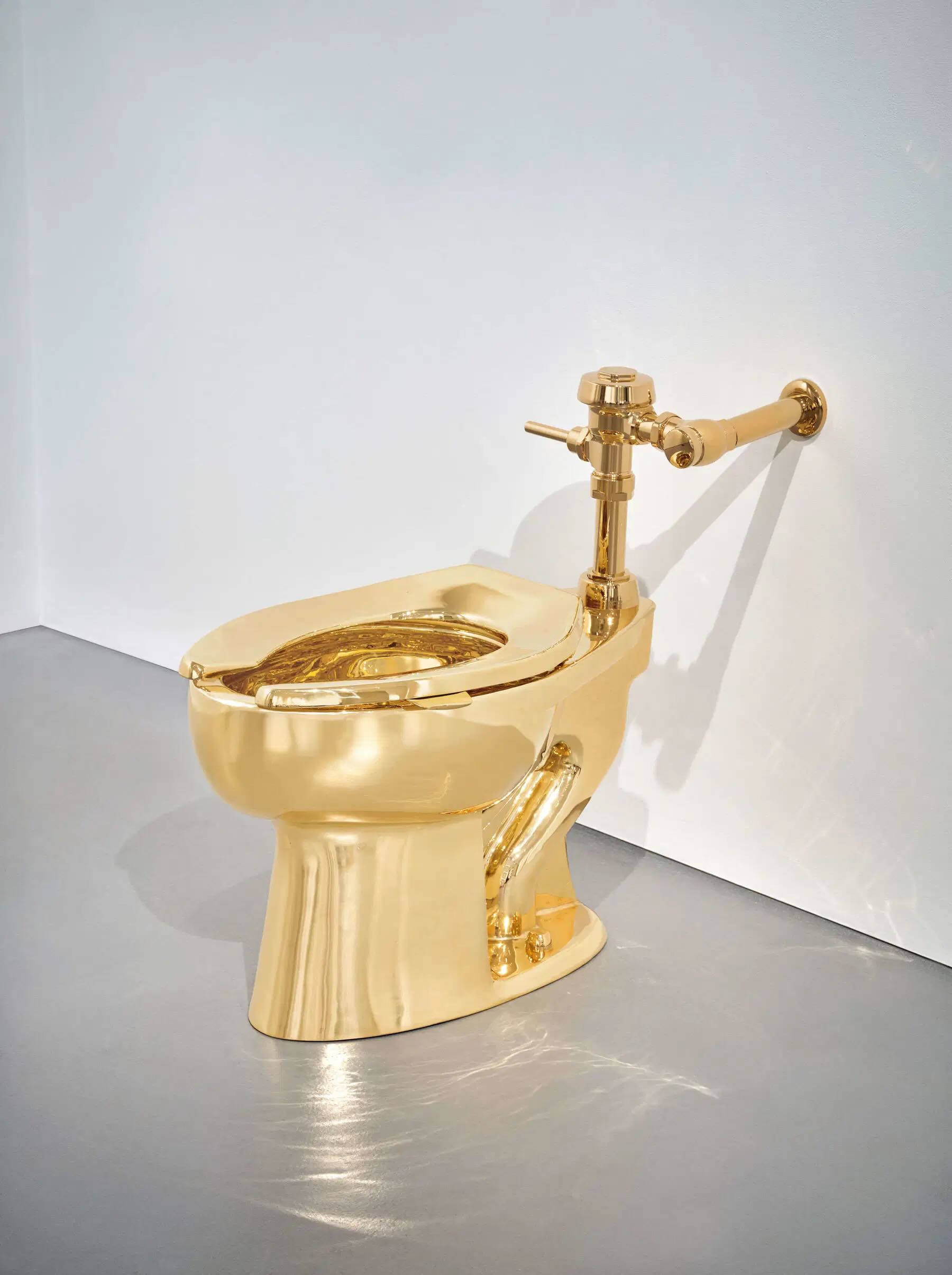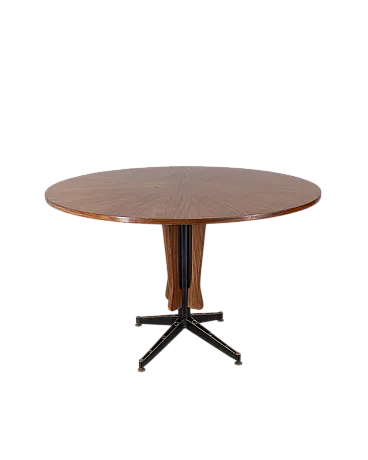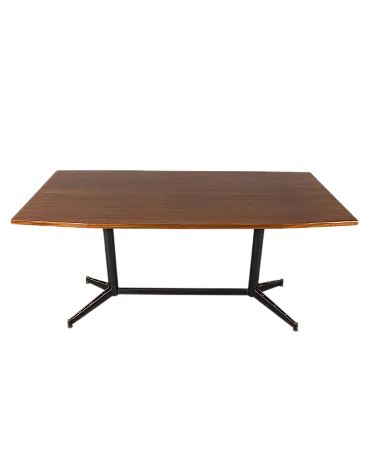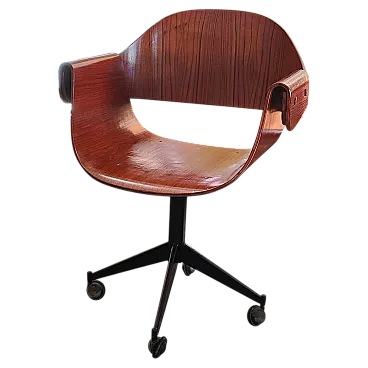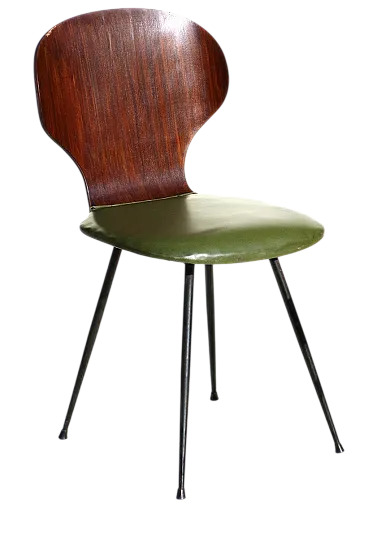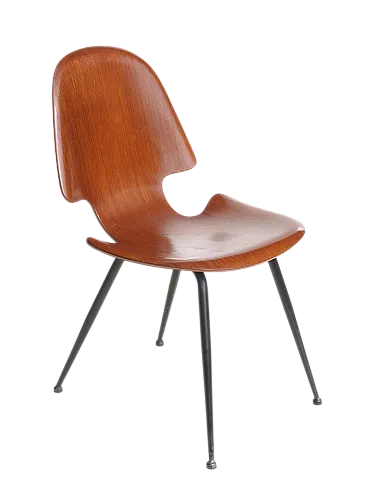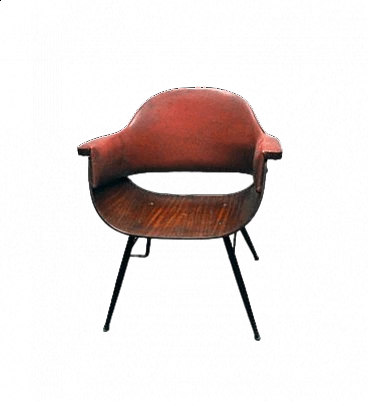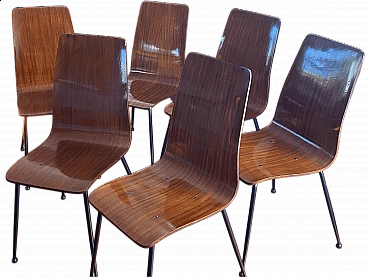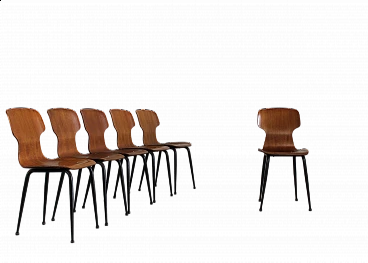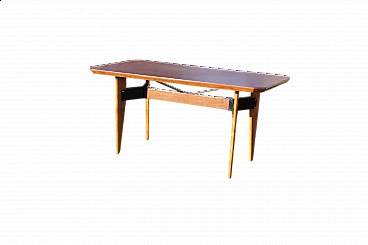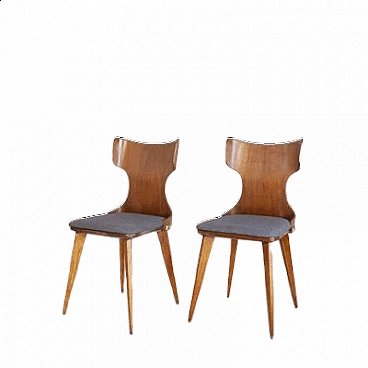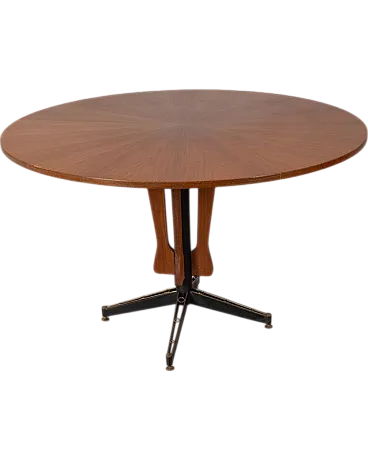
Carlo Ratti
Plastic, refined and timeless (among the great classics are the 1930s folding cinema chairs), the furniture designed by Carlo Ratti (Monza, 3 February 1890 -1961) falls within the sphere of curved plywood, reaching maximum notoriety in the 50s and 60s. After starting out as a sculptor, in the wake of the spread of solid wood industries in Italy under license from Michael Thonet, Ratti specialized with his brother Mario in furnishings that experimented with various wood bending techniques, including the innovative "telo" (canvas) system. In 1919, when the first Esposizione Lombarda di Arti Decorative (which later became the Triennale) was set up in Milan, the Ratti brothers exhibited their curved panel furniture using this system. In the 1940s Carlo moved to Lissone and founded Industria Legni Benvati with his children Angelo and Piera. In parallel with the production of rationalist style furniture, many technological objects with curved plywood bodies such as washing machines, televisions, radios and sewing machines were made. The 1950s represented the solidification of projects with world-famous architects such as Ignazio Gardella, Paolo Chessa, Vico Magistretti, the Castiglioni brothers, Vittoriano Viganò, Marco Zanuso and Carlo de Carli: the latter, making use of Carlo's technical support, designed the 683 chair for Cassina, which won the Compasso D'Oro award in 1954.






.png)




